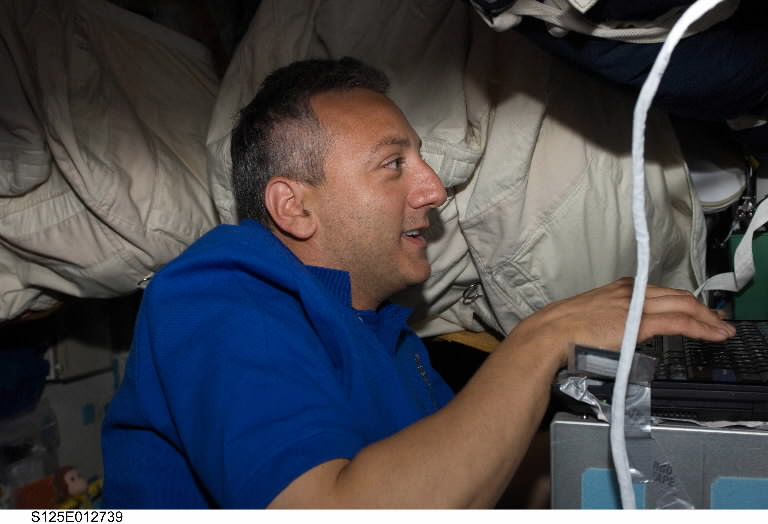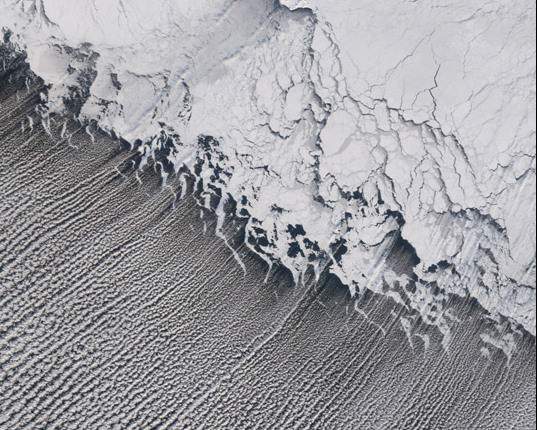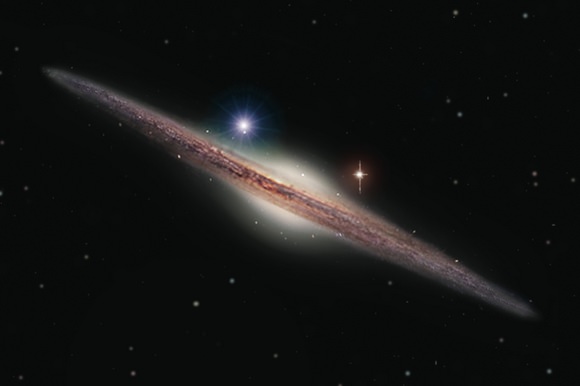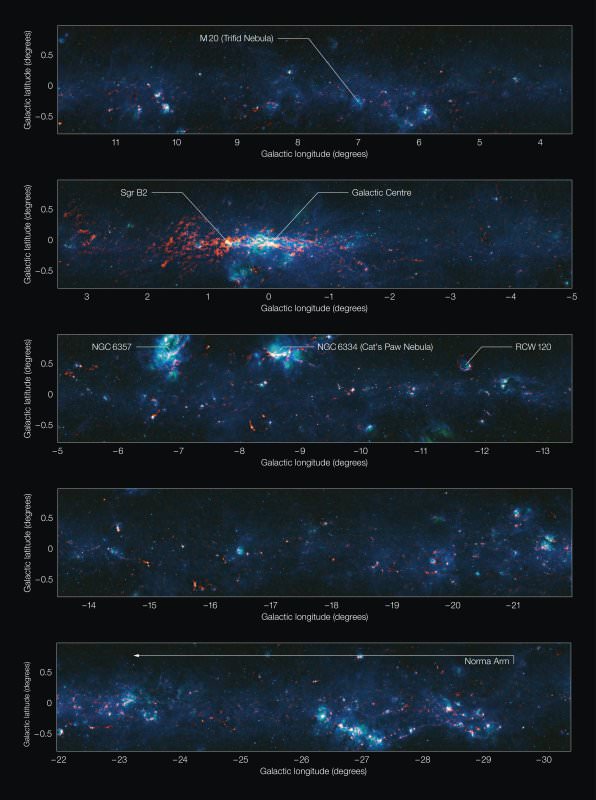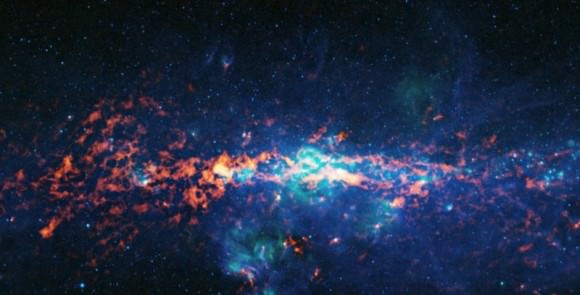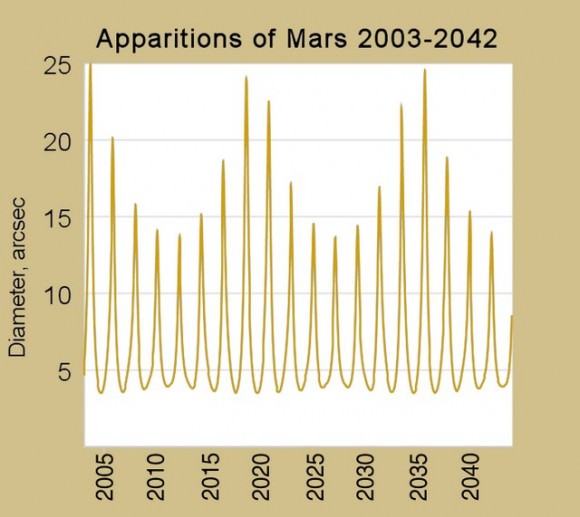[/caption]
Although current astronauts are Twittering and blogging from space, it’s a cumbersome process as the ISS, shuttle and Soyuz do not have internet access. Instead, they have to downlink their information to mission control, where someone posts it to the web. But if future commercial space travelers or astronauts living on the Moon want to blog, Tweet and share their experiences real-time, will it be possible? Well, a group of engineers are working on applying the same wireless systems that keep our mobile phones, laptops and other devices connected to the web to a new generation of networked space hardware. They say that wireless technologies will likely be important part of future space exploration, not only for human communication but for transfer of data and commands.
The Wireless Working Group (WWG) of the Consultative Committee for Space Data Services (CCSDS) is a group of engineers that coordinates wireless research among global space agencies and promotes interoperability of spacecraft data systems.

They say that wireless sensor nodes placed throughout a spacecraft might function as a networked nervous system, yielding a wealth of currently inaccessible structural or environmental data to mission controllers. Similar nodes scattered across a planetary surface would generate a much higher scientific return than a single lander could, configuring a network to combine their findings for relaying to Earth.
And establishing ‘plug and play’ wireless networking between multiple spacecraft could enable the seamless transfer of data and commands. This would work for formation-flying satellite constellations and orbiter-lander-rover combinations , but proximity networks could be set up by any spacecraft within signal range as easily as a laptop plugs into a WiFi network.
Of course, the technology is still being developed and having Wifi in space isn’t going to happen anytime soon, but engineers say the underlying technologies are already with us, in the protocols delivering wireless connectivity to homes, offices and public places.
“This research is an example of us ‘spinning in’ technology developed elsewhere into the space sector,” said ESA data handling engineer Jean-François Dufour, who is part of the CCSDS. “Commercial wireless protocols such as the IEEE 802.11 family of standards for computer WiFi or sensor networking standards such as IEEE 802.15.4 are already available so we are assessing how they might transfer to the space environment.”
Source: ESA

